
Before trying the Bushido II, I had always been a loyal Salomon fan, but when it came time to replace my worn-out trail shoes, I decided to give La Sportiva a shot. I had heard great things about the Bushido II, and seeing them on sale made it the perfect opportunity to try something new. After putting over 200 miles of trail and off-trail use on them, these shoes have become my go-to for both hiking and running, impressing me in every way.
Overview
The La Sportiva Bushido II is a robust mountain running shoe designed for stability and traction on rough, technical terrain. I’ve used them on the Wind River High Route, where they handled everything from snow to ice to slippery rocks, and they performed exceptionally well. They’re not just for running; these shoes are built to handle hiking and scrambling in the wildest environments.
Key Features
- Upper: Durable synthetic leather and AirMesh with a TPU toe cap
- Outsole: Frixion XT V-Groove2 with a heavily lugged pattern for superior traction
- Midsole: Moderate cushioning for stability
- Rock Guard: Forefoot protection
- Drop: 6mm
- Stack: 19mm heel, 13mm toe
- Weight (Men’s Size 9): 10.5 oz
- Fit: Performance-oriented for a precise fit
Fit
First off, the fit of these shoes runs small, so keep that in mind if you’re buying them online. La Sportiva uses EU sizing, and the conversion to US sizes tends to make these shoes about a half size smaller than expected.
The Bushido II is designed with a sock-like fit, meaning it molds closely to your foot. The tongue is attached to the footbed, providing a snug and secure feeling that locks your foot in place. Initially, I felt that the fit was a bit tight, but after a brief break-in period, it conformed to my foot perfectly. The fit is similar to that of a ski boot—tight at first, but over time, it adapts, creating a mold that’s both supportive and comfortable.
However, these shoes are narrow, so they may not be suitable for people with higher volume feet. If you find that they fit, they’ll feel like a second skin.
Comfort
The comfort of the Bushido II is one of its standout features. Once broken in, the shoe feels almost seamless, with no noticeable pinch points or hot spots. The fit is so precise that you forget you’re wearing them. I did experience some minor rubbing around my Achilles, but that’s likely due to my larger ankles, not the shoe itself. For most people, the comfort level will be excellent.
The upper is made from AirMesh, which provides good breathability, even in hot weather. It also dries quickly and doesn’t retain moisture like many other shoes. While it’s not the most breathable shoe I’ve worn, it strikes a solid balance between durability and airflow.
The cushioning is moderate, so while it’s comfortable for shorter runs and hikes, it may feel stiff on longer outings. I found it suitable for 13-mile runs, but when I pushed it to 25 miles on the Wind River High Route, it felt a bit too firm for maximum comfort.
Midsole
The midsole of the Bushido II consists of two molded foam layers. The top layer is slightly softer than the bottom, which reduces the stiffness that previous versions of this shoe were known for. This provides a touch more cushioning while still maintaining the stability needed for technical terrain. The bottom layer keeps the shoe stable, making it feel solid on rocky and uneven ground.
The third layer is a rock guard that protects the forefoot from sharp objects. This addition is vital for rugged terrains, ensuring that you won’t feel every stone or twig underfoot. The shoe also features stability inserts in the midfoot for improved lateral support, especially for those who tend to overpronate.
Outsole
The outsole is one of the Bushido II’s strongest features. It’s made from La Sportiva’s proprietary Frixion rubber, which strikes a perfect balance between grip and durability. The lugs are aggressive and provide excellent traction on various surfaces, from dry rock to wet mud. The design of the lugs is unique: forward-facing lugs are surrounded by U-shaped lugs that face outward, providing multi-directional grip for unstable, uneven terrain.
Additionally, the heel features a mix of lugs designed as part of La Sportiva’s “Impact Brake System,” which helps maintain traction on steep surfaces. While I can’t vouch for this system’s effectiveness on steep inclines, I can say that the overall lug design and traction performance are outstanding.
The shoe also has durable toe and heel caps to protect your feet from impacts during technical terrain.
Performance
Performance is where the Bushido II truly excels. It provides exceptional stability and traction, which is exactly what you need when navigating difficult terrain. Whether you’re rock hopping, scrambling, or hiking in snow, these shoes feel grounded and secure. The 19mm heel stack is on the lower side, which enhances the shoe’s responsiveness and stability.
The shoe’s traction is remarkable. The Frixion rubber combined with the unique lug design provides confidence on various surfaces, wet or dry. This level of traction, especially on angled and uneven ground, makes the Bushido II one of the most reliable shoes I’ve ever worn for mountain running and hiking.
Durability
Durability is a key concern for me, as I tend to be hard on shoes. After about 200 miles, the Bushido II has shown only moderate wear, which is impressive considering the rough environments I’ve put them through. I’ve used them on 75 off-trail miles, charging through willows, creeks, and scree fields, and the uppers are holding up well with minimal damage. The outsole, though showing some wear, still retains excellent traction, which is crucial for me.
I expect these shoes to last another 200-300 miles, and the only potential issue could be midsole compression over time, but overall, I’m confident in their long-term durability.
Conclusion
The La Sportiva Bushido II is an exceptional shoe for those who prioritize stability and traction in challenging terrain. It offers outstanding performance, durability, and comfort, though the narrow fit may not be ideal for everyone. If you’re looking for a shoe that can handle rocky, technical trails with ease, the Bushido II is a top choice. It’s not the fastest shoe on the market, but for stability and ruggedness, it’s hard to beat.









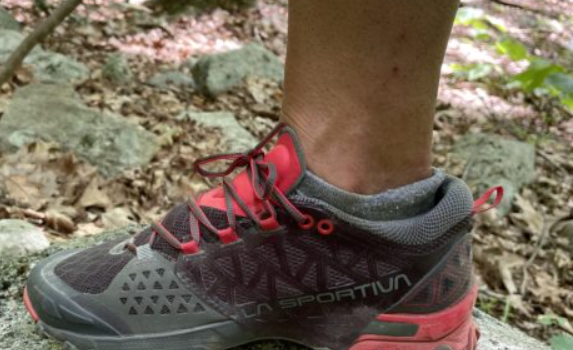
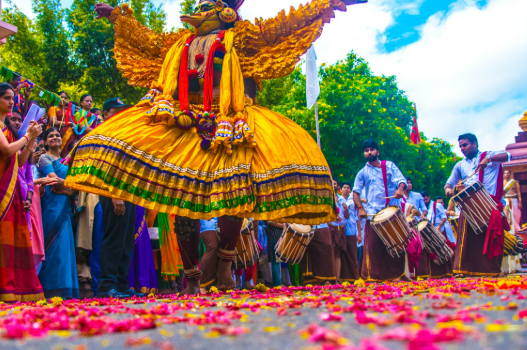
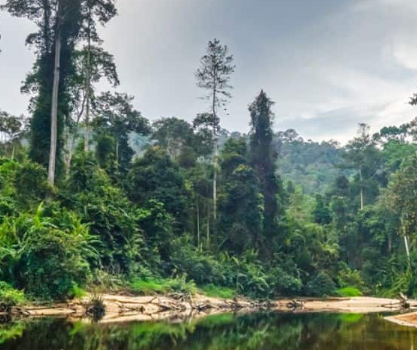
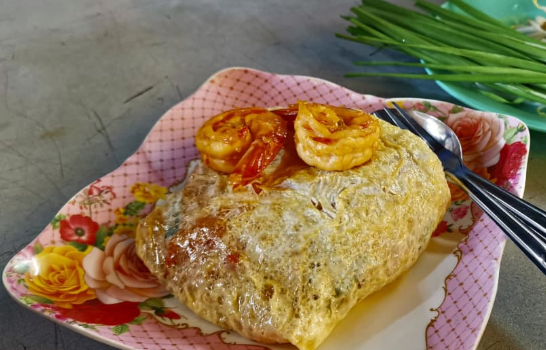

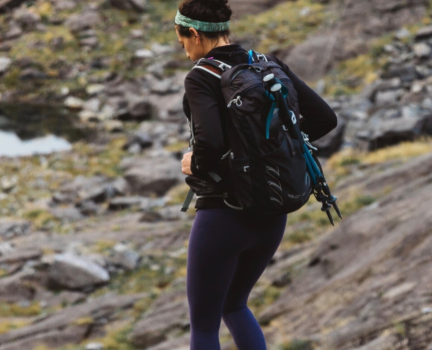
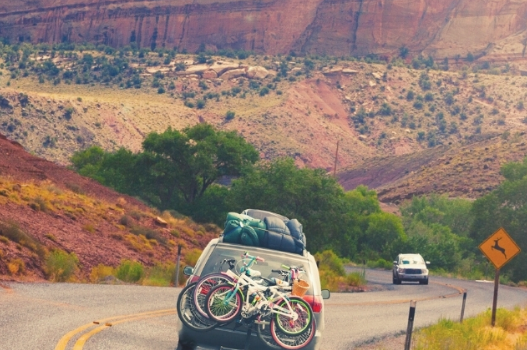

Comments